-
 Bitcoin
Bitcoin $107,467.9126
1.26% -
 Ethereum
Ethereum $2,447.5288
-0.12% -
 Tether USDt
Tether USDt $1.0005
0.00% -
 XRP
XRP $2.1921
0.13% -
 BNB
BNB $647.2897
0.50% -
 Solana
Solana $144.8627
-0.37% -
 USDC
USDC $0.9996
-0.03% -
 TRON
TRON $0.2732
0.10% -
 Dogecoin
Dogecoin $0.1652
-0.18% -
 Cardano
Cardano $0.5700
-2.87% -
 Hyperliquid
Hyperliquid $37.0274
-1.81% -
 Bitcoin Cash
Bitcoin Cash $484.6957
0.19% -
 Sui
Sui $2.7354
-2.19% -
 Chainlink
Chainlink $13.1727
-1.49% -
 UNUS SED LEO
UNUS SED LEO $8.9978
-0.04% -
 Stellar
Stellar $0.2421
-2.33% -
 Avalanche
Avalanche $17.5633
-3.51% -
 Toncoin
Toncoin $2.8476
-1.94% -
 Shiba Inu
Shiba Inu $0.0...01166
-0.56% -
 Litecoin
Litecoin $85.1071
0.09% -
 Hedera
Hedera $0.1502
-2.96% -
 Monero
Monero $310.2774
-1.64% -
 Dai
Dai $0.9999
-0.01% -
 Polkadot
Polkadot $3.3584
-1.88% -
 Ethena USDe
Ethena USDe $1.0003
-0.04% -
 Bitget Token
Bitget Token $4.4443
2.90% -
 Pi
Pi $0.6242
14.04% -
 Uniswap
Uniswap $6.9774
-2.86% -
 Pepe
Pepe $0.0...09535
-5.05% -
 Aave
Aave $256.7574
-3.35%
What should I do if the K-line and D-line of KDJ continue to entangle above 80?
When the KDJ indicator's K-line and D-line entangle above 80, it signals a strong but potentially exhausted bullish trend, warranting caution despite continued momentum.
Jun 26, 2025 at 11:15 am
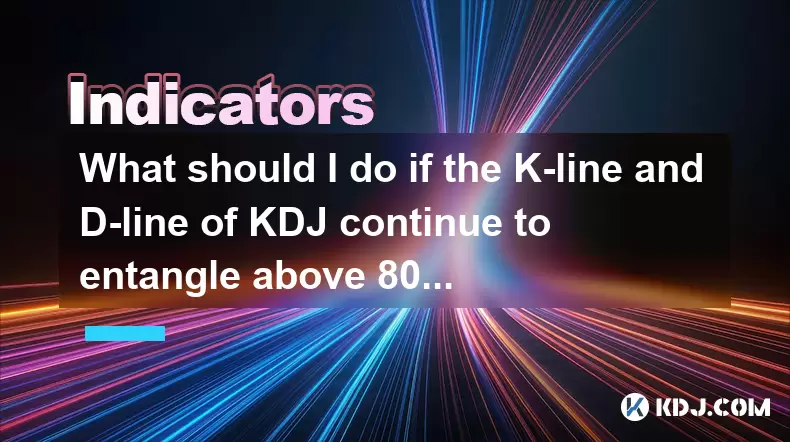
Understanding the KDJ Indicator
The KDJ indicator, also known as the stochastic oscillator, is a momentum-based technical analysis tool used to identify overbought and oversold conditions in financial markets. It consists of three lines: the K-line, the D-line, and the J-line. The K-line reflects the short-term trend, while the D-line acts as a signal line for the K-line. When both the K-line and D-line remain above 80, it typically signals an overbought condition.
Important: A value above 80 indicates that the asset may be overbought, but this doesn't necessarily mean a reversal will occur immediately.
Interpreting K-Line and D-Line Entanglement Above 80
When the K-line and D-line continue to entangle above 80, it suggests a strong but potentially exhausted bullish trend. This situation often occurs during extended uptrends where buyers are still pushing prices higher, but with diminishing strength.
- Market Sentiment: Strong bullish sentiment persists, but caution is warranted due to potential exhaustion.
- Price Action: Prices may move sideways or consolidate after rapid gains, leading to the K and D lines moving closely together.
- Volume Confirmation: If volume declines during this phase, it can indicate weakening momentum despite high KDJ values.
This pattern should not be taken as a direct sell signal without additional confirmation from other indicators or price patterns.
Steps to Analyze the Situation
If you observe the K-line and D-line continuing to entangle above 80, follow these steps to assess the market:
- Step 1 – Confirm Trend Strength: Use moving averages (e.g., MA(20), MA(50)) to determine if the price is still trending upward.
- Step 2 – Check Volume Patterns: Declining volume during high KDJ levels could suggest weakening demand and potential reversal.
- Step 3 – Monitor Price Behavior: Look for signs like long upper wicks, bearish candlestick patterns, or failed breakouts.
- Step 4 – Cross-Check with RSI: If RSI is also above 70 and showing divergence, it strengthens the case for caution.
- Step 5 – Watch for KDJ Line Separation: A clear drop below the D-line from above 80 may act as a preliminary bearish signal.
These steps help traders avoid premature exits while identifying possible reversal zones.
Risk Management Considerations
Even when the K-line and D-line remain entangled above 80, it's crucial to implement proper risk management strategies. Overbought conditions can persist longer than expected in strong trends.
- Position Sizing: Reduce exposure if there are early signs of weakness or consolidation.
- Stop-Loss Placement: Keep stop-loss orders tight if holding long positions during high KDJ readings.
- Trailing Stops: For strong uptrends, use trailing stops to lock in profits without exiting prematurely.
- Take-Profit Zones: Identify key resistance areas where profit-taking may be prudent even if no immediate reversal occurs.
Avoid emotional trading decisions based solely on KDJ readings.
What Actions Can Be Taken?
Depending on your trading strategy and time frame, different actions can be considered when the K-line and D-line stay above 80:
- Aggressive Traders: May look to take partial profits or tighten stops if price shows signs of topping out.
- Conservative Traders: May wait for a confirmed bearish crossover or price rejection before considering exits or shorts.
- Swing Traders: Could use the entanglement phase to reassess entry points for pullbacks or corrections.
- Long-Term Investors: May ignore short-term KDJ signals unless accompanied by fundamental deterioration.
Each approach must align with individual risk tolerance and overall market outlook.
Frequently Asked Questions
Q: Does a KDJ reading above 80 always indicate a reversal?
A: No. High KDJ readings can persist during strong uptrends. Reversal signals become more reliable when combined with bearish price action or divergences.
Q: What other indicators work well with KDJ when it’s above 80?
A: RSI, MACD, and volume indicators complement KDJ well. They help confirm whether momentum supports the current trend or warns of a reversal.
Q: Should I close my position entirely if K and D lines are stuck above 80?
A: Not necessarily. Evaluate broader context including trend strength, support/resistance, and volume before making drastic moves.
Q: How long can K and D lines stay above 80 in crypto markets?
A: In highly volatile or trending crypto assets, they can remain elevated for several days, especially during parabolic moves or news-driven rallies.
Disclaimer:info@kdj.com
The information provided is not trading advice. kdj.com does not assume any responsibility for any investments made based on the information provided in this article. Cryptocurrencies are highly volatile and it is highly recommended that you invest with caution after thorough research!
If you believe that the content used on this website infringes your copyright, please contact us immediately (info@kdj.com) and we will delete it promptly.
- Ethereum Ecosystem's $7.3B Fee Bonanza: Tether, Circle, Lido Lead the Charge
- 2025-06-26 17:05:11
- Bitcoin, Cryptocurrency, Price Rise: What's the Deal?
- 2025-06-26 16:30:11
- Pepe Mania: Whale Buys and the Meme Coin Frenzy
- 2025-06-26 16:50:13
- Bitcoin Price: Riding the Upward Trend – Will BTC Hit New Highs?
- 2025-06-26 16:50:13
- Bitcoin Price Prediction, June 27: Will the Rally Continue?
- 2025-06-26 17:07:13
- Coinbase Soars: Sanford Bernstein's Bullish Price Target and the Genius Act
- 2025-06-26 16:54:12
Related knowledge
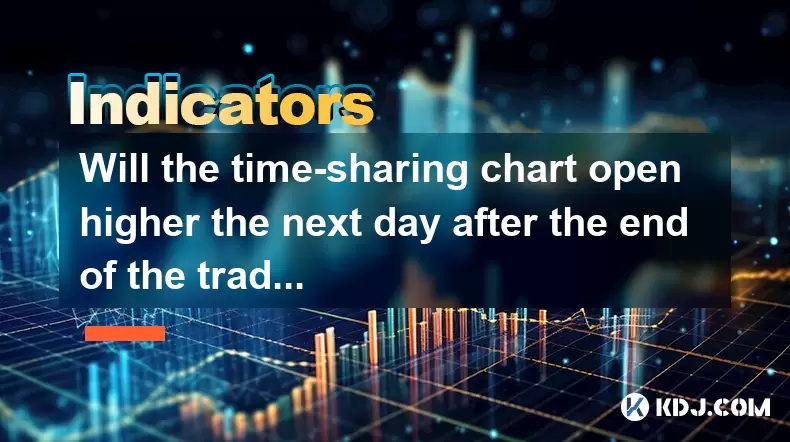
Will the time-sharing chart open higher the next day after the end of the trading?
Jun 26,2025 at 04:35pm
Understanding Time-Sharing Charts in Cryptocurrency TradingIn the realm of cryptocurrency trading, time-sharing charts, often referred to as tick or intraday charts, play a crucial role in analyzing short-term price movements. These charts display price fluctuations over very small time intervals, such as 1 minute, 5 minutes, or 15 minutes. Traders rely...
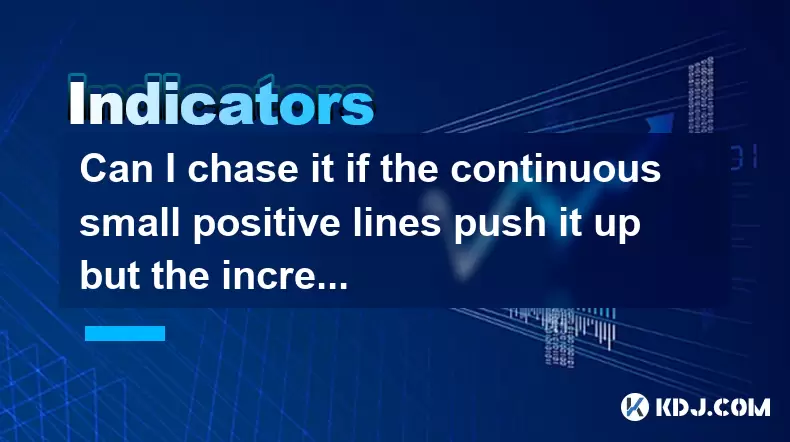
Can I chase it if the continuous small positive lines push it up but the increase is limited?
Jun 26,2025 at 03:42pm
Understanding the Concept of Continuous Small Positive LinesIn the realm of cryptocurrency trading, continuous small positive lines refer to a pattern where an asset's price consistently rises in small increments over a period. These movements are typically observed on candlestick charts and can indicate underlying strength or accumulation by larger pla...
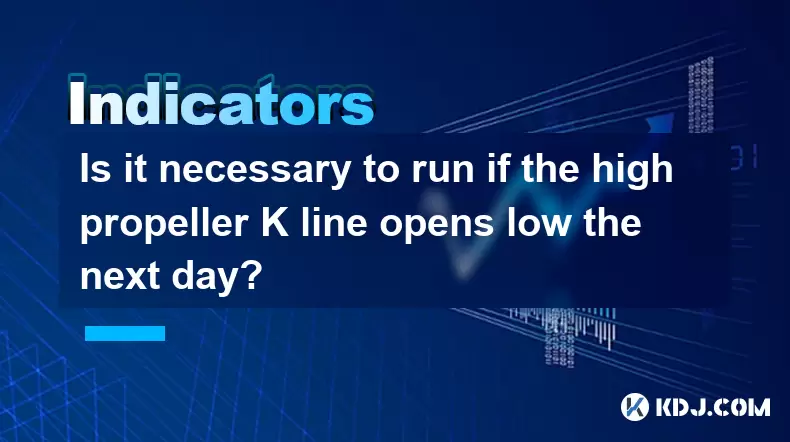
Is it necessary to run if the high propeller K line opens low the next day?
Jun 26,2025 at 01:42pm
Understanding the High Propeller K LineA high propeller K line is a candlestick pattern that typically indicates indecision in the market. It features a small real body with long upper and lower shadows, suggesting that both buyers and sellers are active. This pattern often appears during periods of volatility and can signal potential reversals or conti...

Is it a reversal confirmation if the long lower shadow line at a low position opens high the next day?
Jun 26,2025 at 03:08pm
Understanding Candlestick Patterns in Cryptocurrency TradingIn the world of cryptocurrency trading, candlestick patterns are widely used by traders to analyze market sentiment and predict future price movements. These visual representations provide insights into buying and selling pressures at specific price points. One such pattern that often catches t...
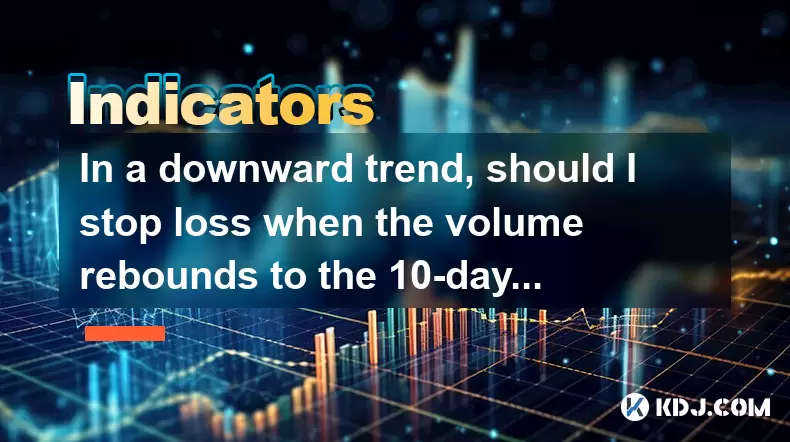
In a downward trend, should I stop loss when the volume rebounds to the 10-day line?
Jun 26,2025 at 11:43am
Understanding the 10-Day Volume Line in a Downward TrendIn cryptocurrency trading, volume is one of the most critical indicators for confirming price movements. The 10-day volume line refers to the average volume over the last 10 days and serves as a benchmark for traders to assess whether current volume levels are unusually high or low. When prices are...
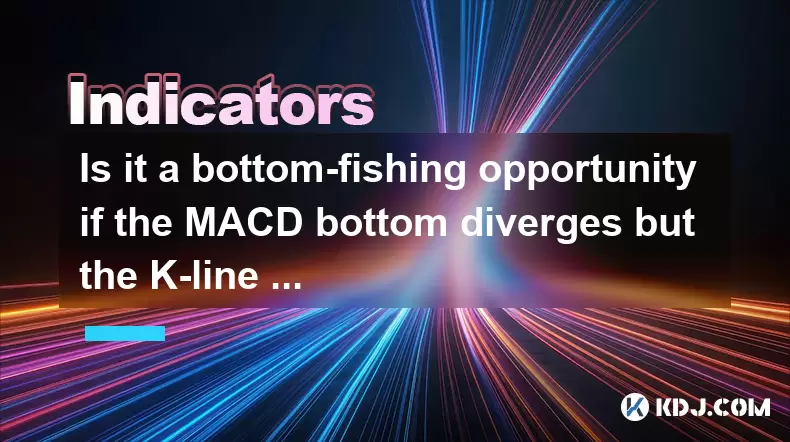
Is it a bottom-fishing opportunity if the MACD bottom diverges but the K-line is still falling?
Jun 26,2025 at 12:35pm
Understanding MACD Bottom Divergence in Cryptocurrency TradingIn cryptocurrency trading, MACD (Moving Average Convergence Divergence) bottom divergence is a technical signal that often suggests a potential reversal from a downtrend to an uptrend. This occurs when the price continues to make lower lows, but the MACD indicator forms higher lows. This disc...

Will the time-sharing chart open higher the next day after the end of the trading?
Jun 26,2025 at 04:35pm
Understanding Time-Sharing Charts in Cryptocurrency TradingIn the realm of cryptocurrency trading, time-sharing charts, often referred to as tick or intraday charts, play a crucial role in analyzing short-term price movements. These charts display price fluctuations over very small time intervals, such as 1 minute, 5 minutes, or 15 minutes. Traders rely...

Can I chase it if the continuous small positive lines push it up but the increase is limited?
Jun 26,2025 at 03:42pm
Understanding the Concept of Continuous Small Positive LinesIn the realm of cryptocurrency trading, continuous small positive lines refer to a pattern where an asset's price consistently rises in small increments over a period. These movements are typically observed on candlestick charts and can indicate underlying strength or accumulation by larger pla...

Is it necessary to run if the high propeller K line opens low the next day?
Jun 26,2025 at 01:42pm
Understanding the High Propeller K LineA high propeller K line is a candlestick pattern that typically indicates indecision in the market. It features a small real body with long upper and lower shadows, suggesting that both buyers and sellers are active. This pattern often appears during periods of volatility and can signal potential reversals or conti...

Is it a reversal confirmation if the long lower shadow line at a low position opens high the next day?
Jun 26,2025 at 03:08pm
Understanding Candlestick Patterns in Cryptocurrency TradingIn the world of cryptocurrency trading, candlestick patterns are widely used by traders to analyze market sentiment and predict future price movements. These visual representations provide insights into buying and selling pressures at specific price points. One such pattern that often catches t...

In a downward trend, should I stop loss when the volume rebounds to the 10-day line?
Jun 26,2025 at 11:43am
Understanding the 10-Day Volume Line in a Downward TrendIn cryptocurrency trading, volume is one of the most critical indicators for confirming price movements. The 10-day volume line refers to the average volume over the last 10 days and serves as a benchmark for traders to assess whether current volume levels are unusually high or low. When prices are...

Is it a bottom-fishing opportunity if the MACD bottom diverges but the K-line is still falling?
Jun 26,2025 at 12:35pm
Understanding MACD Bottom Divergence in Cryptocurrency TradingIn cryptocurrency trading, MACD (Moving Average Convergence Divergence) bottom divergence is a technical signal that often suggests a potential reversal from a downtrend to an uptrend. This occurs when the price continues to make lower lows, but the MACD indicator forms higher lows. This disc...
See all articles
























































































